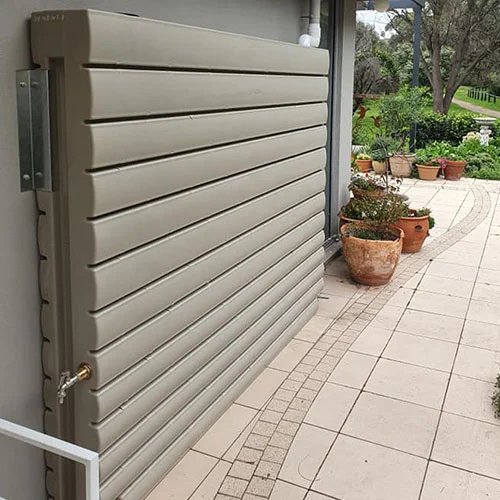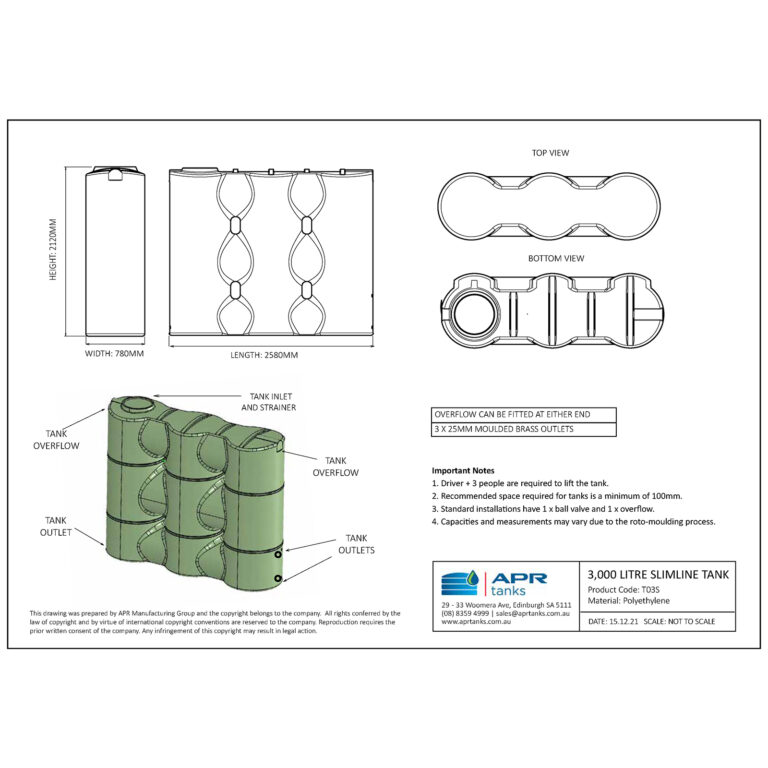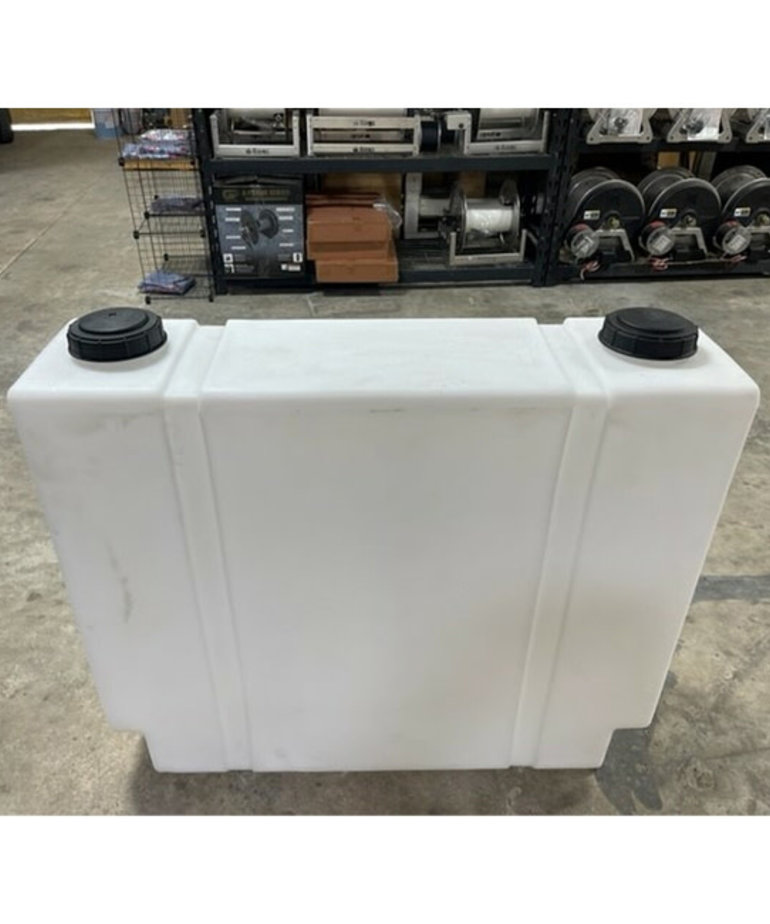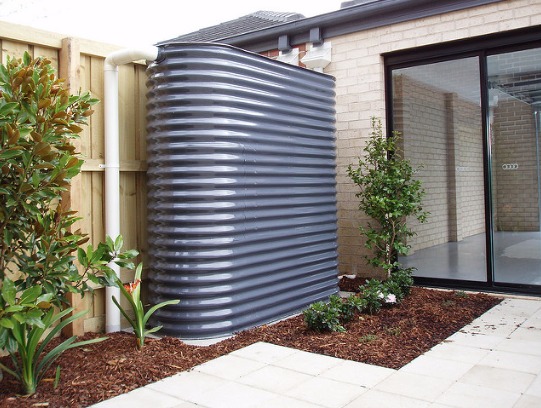Finest Slimline Water Tanks: Sturdy and Compact Water Storage Space Options
Finest Slimline Water Tanks: Sturdy and Compact Water Storage Space Options
Blog Article
Understanding the Value of Rain Storage Tanks in Drought-Prone Regions for Water Safety
In regions at risk to long term dry spells, the function of rain containers in bolstering water protection is a topic of expanding importance. As communities face the difficulties of water deficiency, recognizing the relevance of these storage tanks exceeds simple collection of rainwater. Rain storage tanks offer as an important device in alleviating the influence of water lacks by giving a sustainable source of water for different demands. The true value of rain storage tanks expands much beyond mere storage space; it incorporates resilience-building actions and the promotion of long-lasting water preservation methods. This multifaceted strategy to water security warrants a better assessment of the function rain tanks play in ensuring a dependable supply of water throughout times of drought.
Advantages of Rainwater Containers
Using rain storage tanks uses a lasting option for increasing supply of water and improving water protection in property and commercial setups. One of the primary advantages of rainwater storage tanks is their capacity to reduce dependency on mains water system. By catching and storing rain that falls on rooftops, this different resource can be utilized for different non-potable functions such as watering, flushing bathrooms, and cleaning garments. This not only conserves cured drinking water however additionally decreases water bills for users.

Rain Harvesting Techniques
Rain harvesting methods incorporate an array of approaches developed to effectively gather and store rainwater for different functions, adding to water conservation and sustainability. An additional popular method is the use of above-ground or below ground storage containers to store rain for later usage.

Moreover, rain yards and permeable sidewalks are cutting-edge methods that include landscaping or paving surfaces in such a way that permits rain to percolate right into the ground, replenishing groundwater books. Furthermore, shape farming and terracing are agricultural techniques that aid catch rainwater and stop soil erosion in uneven surface. By applying these varied rain harvesting methods, areas can boost water safety and strength in drought-prone areas while promoting lasting water monitoring methods.
Relevance of Water Safety And Security
Guaranteeing reliable accessibility to tidy and adequate water sources is critical for maintaining human wellness, economic advancement, and environmental health. Water security is a vital element of societal resilience, specifically in areas prone to droughts and water scarcity. Appropriate water safety and security includes numerous dimensions, consisting of schedule, top quality, and access of water for domestic, farming, commercial, and environmental demands.
Water protection plays an important duty in promoting public wellness by minimizing the prevalence of waterborne conditions and making certain sanitation facilities. Financially, water safety is essential for farming productivity, industrial procedures, and total financial growth. Slimline water tanks. Water security is carefully linked to ecological sustainability, as it sustains communities, biodiversity, and general eco-friendly balance.
In drought-prone areas, water security ends up being also more important as a result of the increased danger of water shortages. Applying techniques like rain harvesting, water recycling, and reliable water management practices can considerably boost water safety and security in these areas. By focusing on water security, communities can better stand up to the influences of environment adjustment, population development, and other difficulties that intimidate water accessibility.
Enhancing Water Durability
With raising global water obstacles, constructing strength in water systems has ended up being a vital focus for sustainable advancement efforts. Enhancing water strength involves implementing strategies to make certain water availability and high quality in the face of transforming environmental problems, such as droughts, floods, and pollution.
One trick element of boosting water strength is promoting making use of rainwater tanks in drought-prone areas - Slimline water tanks. Rain he has a good point containers function as an effective means of recording and saving rain for later usage, reducing dependence on scarce freshwater resources throughout dry durations. By integrating rain harvesting systems right into water management plans, neighborhoods can improve their capability to withstand water shortage and keep water safety and security

Lasting Water Preservation
In the middle of intensifying water challenges, the sensible administration of water resources through sustainable preservation techniques is critical for guaranteeing long-lasting ecological security and social wellness. Sustainable water preservation requires the effective use water sources to meet present needs without endangering the capacity of future generations to satisfy their own requirements. By carrying out strategies such as rain harvesting, greywater recycling, and water-efficient innovations, communities can reduce water wastefulness and minimize pressure on freshwater sources.
Furthermore, sustainable water preservation practices add to ecosystem health and wellness by maintaining adequate water degrees in rivers, lakes, and marshes, supporting biodiversity, and preserving all-natural environments. These methods also play a crucial duty in mitigating the effects of climate change by helping to adjust to altering precipitation patterns and water schedule.

Conclusion
Finally, rain tanks play a crucial function in improving water security and resilience in drought-prone regions. By making use of rain harvesting techniques, areas can decrease their reliance on conventional water sources and advertise sustainable water conservation practices. This not only assists minimize the impacts of water deficiency throughout dry spells yet additionally adds to long-lasting water safety and have a peek at this website durability despite environment modification difficulties.
Report this page